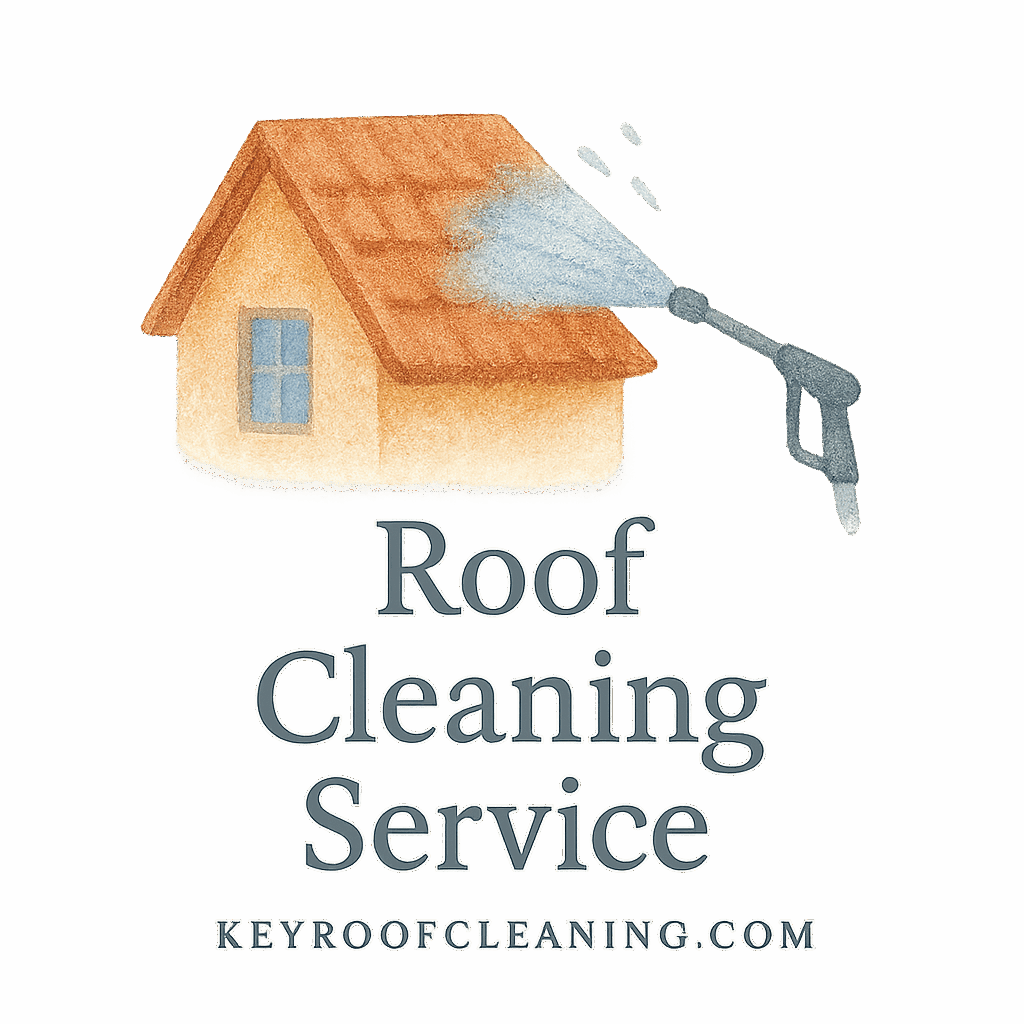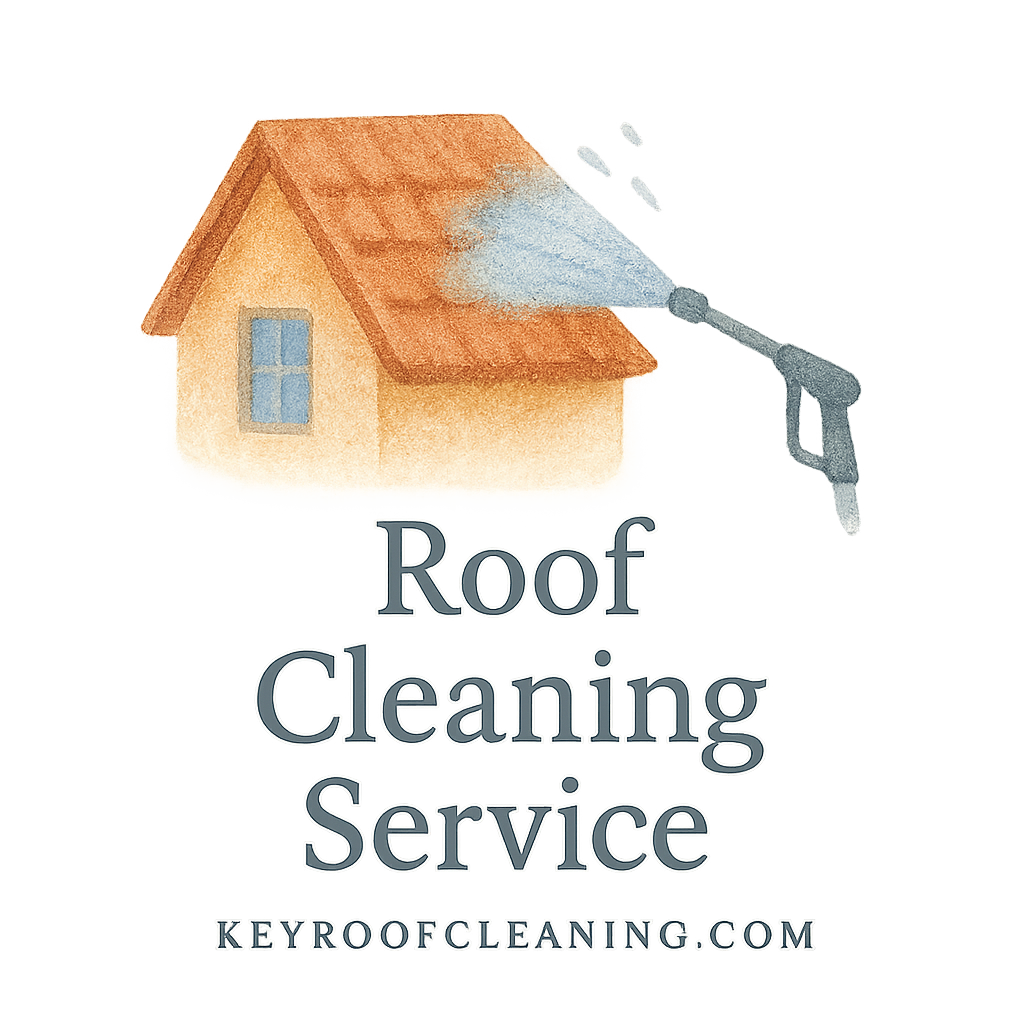Introduction: Why Prevention Is Better Than Scrubbing
Let’s face it—roof cleaning isn’t exactly your dream weekend activity. Between the slippery ladders and scrubbing off stubborn mold, it’s a sweaty chore most homeowners would rather avoid. But what if you could clean your roof less often, while still keeping it in tip-top shape? Yep, it’s totally doable.
With a few preventive measures to reduce roof cleaning frequency, you can stop buildup before it even starts. These proactive steps not only save you time and energy but also extend the life of your roof. Let’s dive into these eight roof-loving strategies that’ll keep you off the ladder more often.
1. Trim Overhanging Branches Regularly
Benefits of Keeping Foliage at Bay
That big shady tree over your home might look charming, but it’s also your roof’s worst enemy. Falling leaves, twigs, and moisture-hogging debris from overhanging branches can invite algae, moss, and mildew.
Connection to Roof Debris and Mold
When organic debris accumulates, it acts like a sponge, keeping moisture on your roof. This moist environment is a breeding ground for roof stains and damage. Regularly trimming branches is an easy but often overlooked tactic found in many expert roof cleaning checklists.
2. Install Gutter Guards and Clean Gutters Often
How Clogged Gutters Cause Roof Stains
You might not think your gutters have anything to do with your dirty roof—but they do. When gutters are clogged, water backs up onto the roof. This overflow can cause water damage, mold, and algae growth.
Tips for Gutter Maintenance
Install high-quality gutter guards to prevent leaves and debris from building up. Regular gutter cleaning, especially in the fall and spring, keeps water flowing freely—saving your roof from grime and decay. You can check out additional safety guidelines under maintenance and ladder safety.
3. Use Zinc or Copper Strips Along the Ridge
How Metal Strips Prevent Algae Growth
When rainwater runs over zinc or copper strips installed at the roof’s peak, it releases metal ions that naturally kill algae and moss. These strips offer one of the most efficient roof cleaning solutions that reduce the need for frequent deep cleans.
Placement Tips and Cost Considerations
Install them just under the top ridge cap shingles. They’re low-profile, relatively affordable, and highly effective—especially on delicate roofs like tile or cedar shake.

4. Apply Biodegradable Roof Treatment Solutions
Eco-Friendly Treatments that Work
Want a greener approach? Biodegradable roof treatments are safe for your plants, pets, and the environment. They work slowly over time, preventing algae buildup while keeping your conscience clean.
How to Choose Safe Cleaning Products
Look for labels marked eco-friendly or biodegradable. Avoid harsh chemicals that damage roofing materials and the environment. Our top picks can be found in the roof cleaning techniques section of our blog.
5. Schedule Annual Roof Inspections
Early Detection Saves Time and Money
An annual inspection may reveal minor issues before they become cleaning nightmares. Spotting algae patches, loose shingles, or blocked vents early can prevent massive moss takeovers.
Hiring Professional Roof Cleaners vs DIY
You can certainly DIY some aspects, but professionals come with experience and specialized tools. Check out our professional service tips before hiring.
6. Ensure Proper Attic Ventilation
Why Heat and Moisture Build-Up Matter
Hot, stuffy attics don’t just mess with your AC bills—they also contribute to roof gunk. Poor ventilation causes condensation, which trickles upward and can feed algae and mildew on the roof exterior.
Attic Care Tips to Extend Roof Life
Ensure soffits, ridge vents, and exhaust fans are in good shape. This balances airflow and temperature, helping you maintain a sustainable roof environment from the inside out.
7. Switch to Algae-Resistant Shingles or Roofing Materials
Choosing the Right Roof Types and Materials
Roofing tech has come a long way. Many shingles now include copper granules that resist algae and moss. Learn more on our guide to roof types and materials to explore your options.
Long-Term Cost vs Cleaning Frequency
Sure, algae-resistant shingles cost more upfront—but they drastically reduce your need for constant scrubbing. In the long run, they’re cheaper than repeated cleanings and repairs.
8. Install a Roof Cleaning Checklist for Seasonal Maintenance
Customizing Your Roof Cleaning Calendar
Create a seasonal maintenance checklist—fall for gutter cleaning, spring for moss inspections, summer for treatment applications. A structured plan keeps cleaning efficient and prevents overwhelm.
Internal Tools and Safety Protocols
Always follow safety rules when performing roof work. Check out our OSHA and ladder safety tags for a full rundown on best practices. Don’t forget the gloves, goggles, and non-slip shoes!
Conclusion: Prevention Is the Real Power Wash
There’s no magic wand for roof cleanliness, but these preventive strategies come pretty close. From trimming trees to using algae-resistant shingles, each step keeps your roof fresher for longer. And let’s not forget the bonus—you’ll spend less time on a ladder and more time enjoying your home.
Think of it like brushing your teeth—you wouldn’t skip that and wait for cavities, right? Your roof deserves the same love. Adopt these preventive measures to reduce roof cleaning frequency, and you’ll be glad you did!
For more roof cleaning guides and tips, explore:
FAQs
1. How often should I clean my roof with these measures in place?
With proper preventive steps, roof cleaning can be reduced to once every 3–5 years instead of annually.
2. Are copper or zinc strips safe for all roofs?
Yes, but they work best on asphalt shingles and may need adjustment for tile or metal roofs. Always consult your roofer.
3. What is the best biodegradable cleaner for my roof?
Look for products labeled as biodegradable and eco-friendly. They’re safe and effective over time.
4. Can I apply algae-resistant treatment myself?
Absolutely! Many over-the-counter solutions work well. Just follow safety precautions and directions closely.
5. How does attic ventilation relate to roof cleanliness?
Good attic airflow reduces condensation, which helps prevent mold and algae from forming on your roof’s exterior.
6. Is it expensive to hire professional roof cleaners annually?
Prices vary, but preventive care often makes annual pro cleaning unnecessary—saving you money in the long haul.
7. What’s the most overlooked preventive roof care tip?
Definitely attic ventilation. Most homeowners never think about it, but it’s a game changer for roof health and cleanliness.


